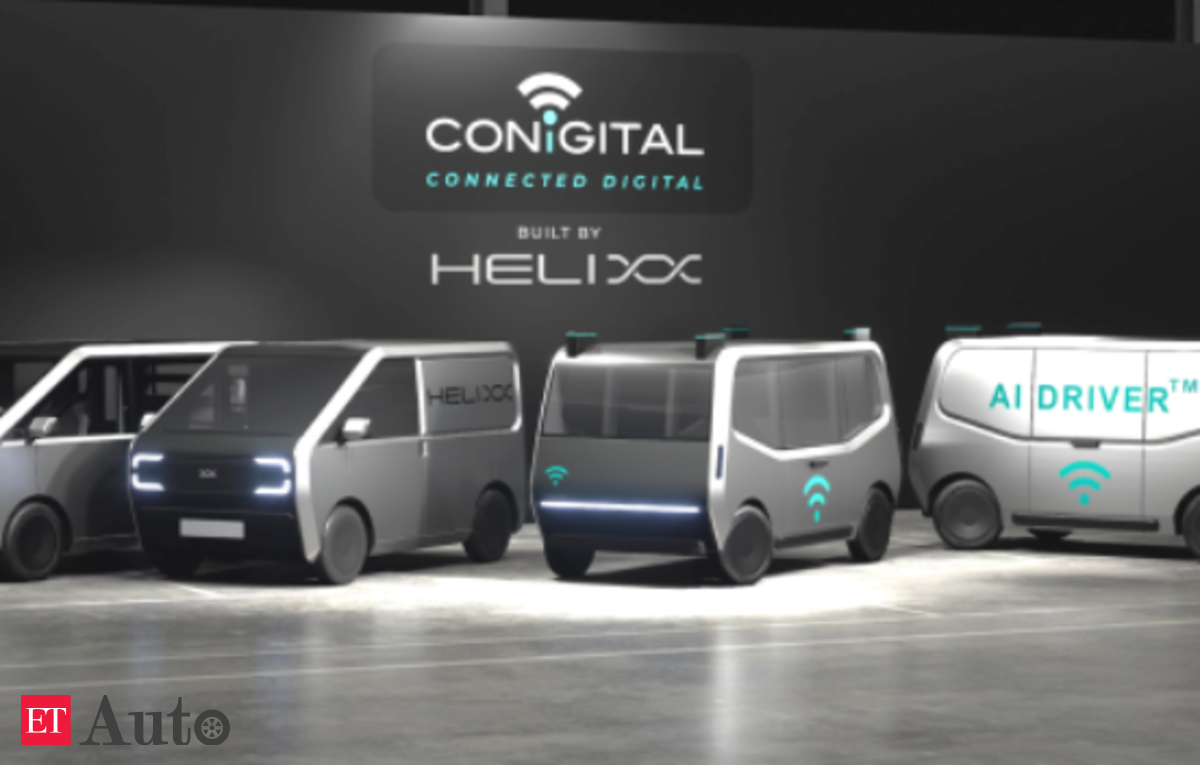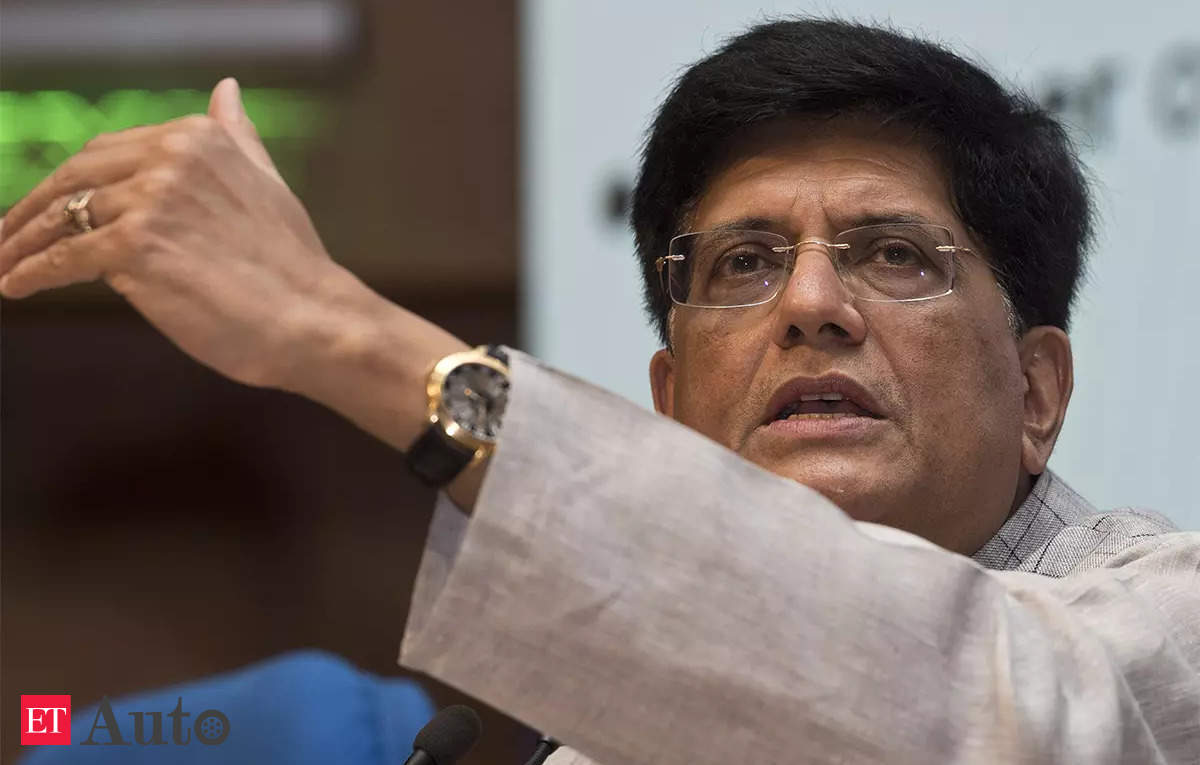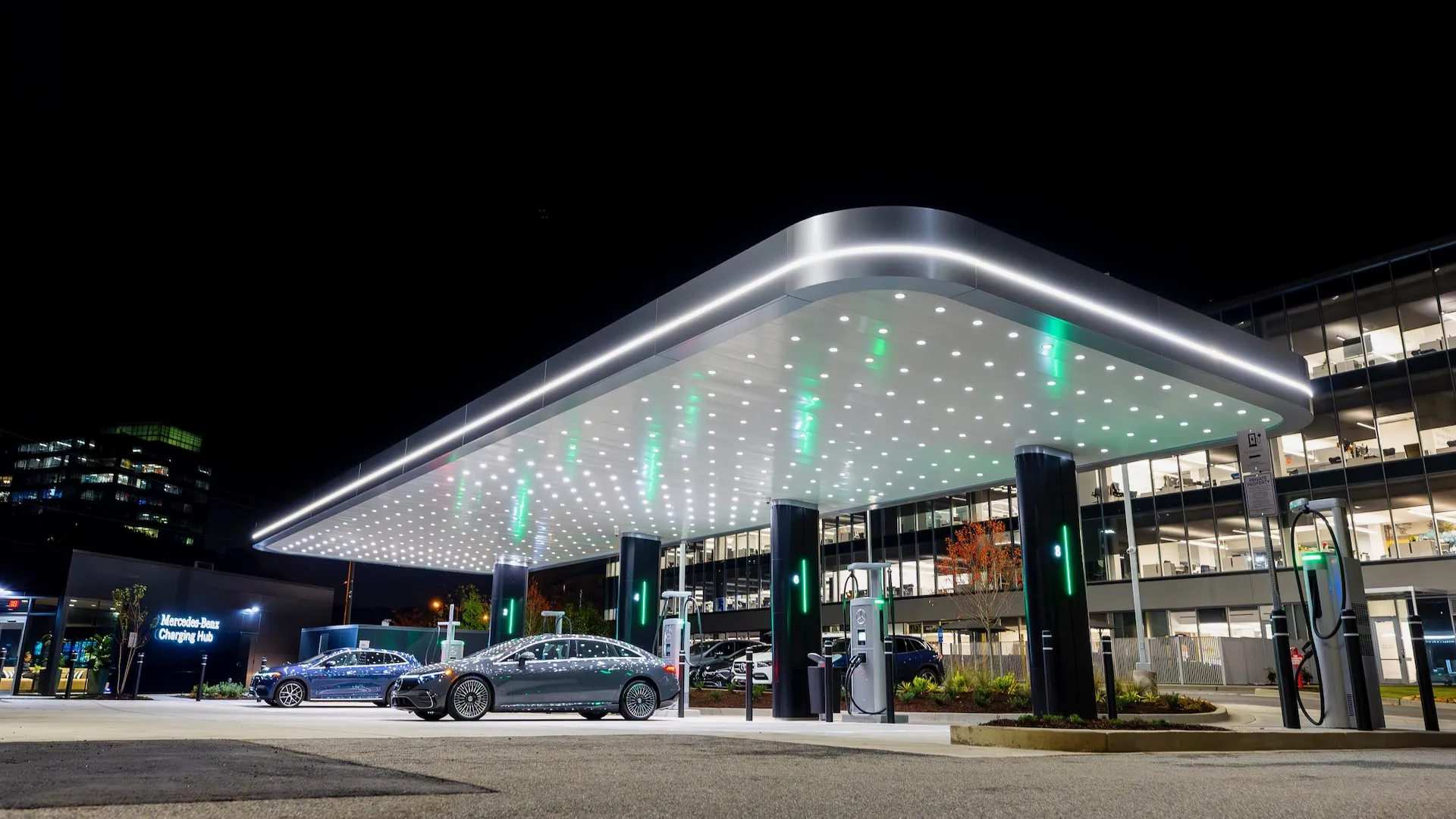
In a world captivated by the allure of electric vehicles (EVs), Toyota’s strategic embrace of hybrids over pure EVs might seem like a conservative stance. However, a closer examination of the efficiency of battery use reveals a compelling argument for the continued prominence of hybrids in the decarbonization narrative.
The EV industry, while undoubtedly making strides in reducing carbon emissions, faces significant challenges. Range limitations, sparse charging infrastructure, and the soaring prices of EVs—largely due to expensive batteries—impede their widespread adoption. Moreover, the looming shortfall in EV battery supplies, predicted within the next few years, adds a layer of complexity to the transition.
Toyota’s Smart Stance
The heart of Toyota’s assertion lies in optimizing the use of limited battery resources to achieve maximum carbon reduction across the automotive landscape. While acknowledging that EVs generate fewer emissions over their lifetime, Toyota emphasizes that we must use every kilowatt-hour judiciously to address the urgent need for emission reduction. And, surprisingly, the answer might not lie in the direction of full EVs.
Analyzing the on-road carbon emissions of various models available in internal combustion, hybrid/plug-in hybrid electric vehicle (PHEV), and electric powertrains, Toyota’s stance gains traction. The key question emerges: What is the most effective use of a restricted battery supply—spread across a multitude of hybrids or concentrated in a few EVs?
The Real Analyses
The analysis compares models such as the Ford F-150, Hyundai Kona, Kia Niro, and BMW 3 Series, evaluating their CO2 emissions reduction per battery capacity in kilowatt-hours. The results are striking. While EVs do reduce emissions, their battery use efficiency is less than optimal, especially considering the high demand and potential shortages predicted in the near future.
Hybrids, with smaller and more efficient batteries, present a compelling case. By spreading the fixed battery supply across a larger number of hybrids, automakers could significantly reduce aggregate emissions. This strategy, which maximizes the utility of each kilowatt-hour, appears more efficient in the short term.
While EVs demonstrate enhanced environmental benefits when exclusively powered by renewable energy, the inherent inefficiency in battery use remains. The pressing need for immediate emissions reduction suggests that prioritizing hybrids can yield more substantial gains in the short and medium term.
Toyota’s call for a diversified approach that leans on the efficiency of hybrids echoes a pragmatic solution. In a landscape dominated by EV fervor, this perspective invites a nuanced discussion about the optimal path to a greener future—one that acknowledges the immediate challenges and leverages the proven efficiency of hybrid technology.









